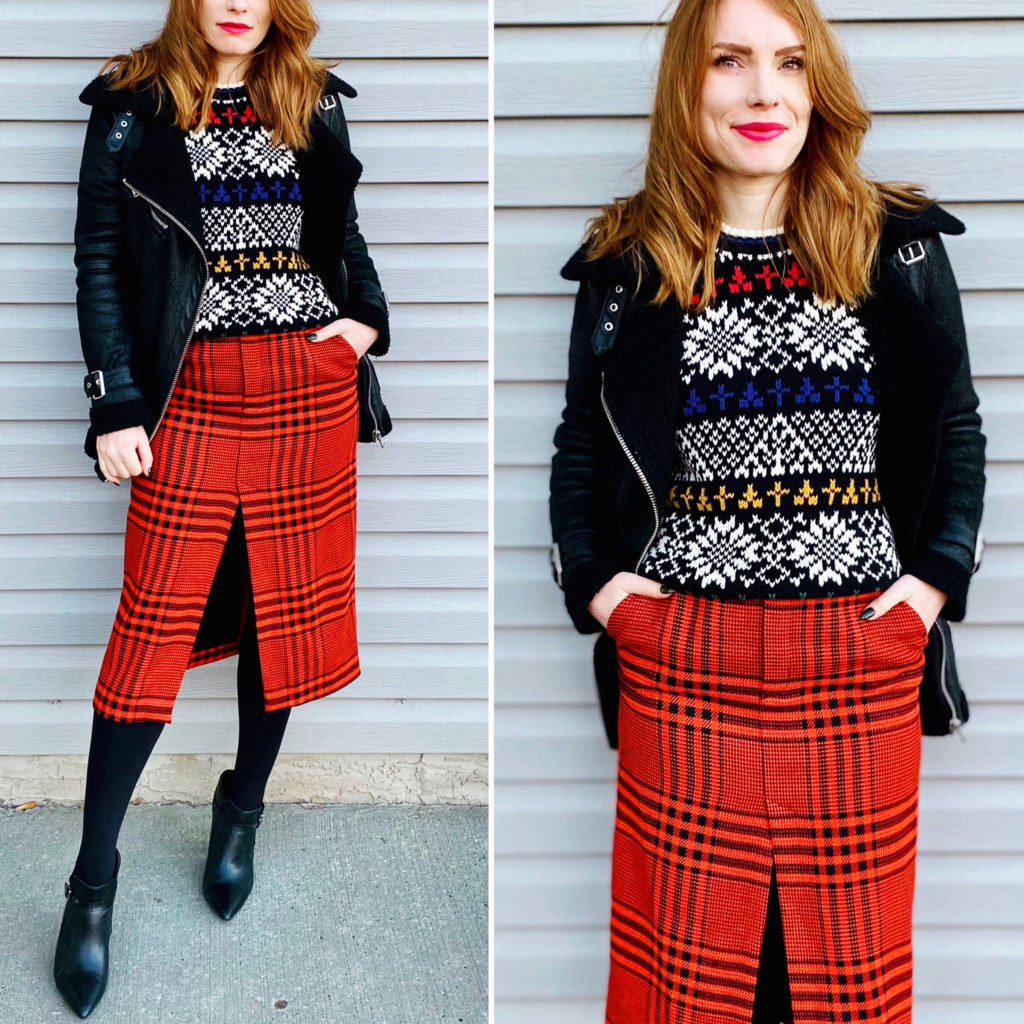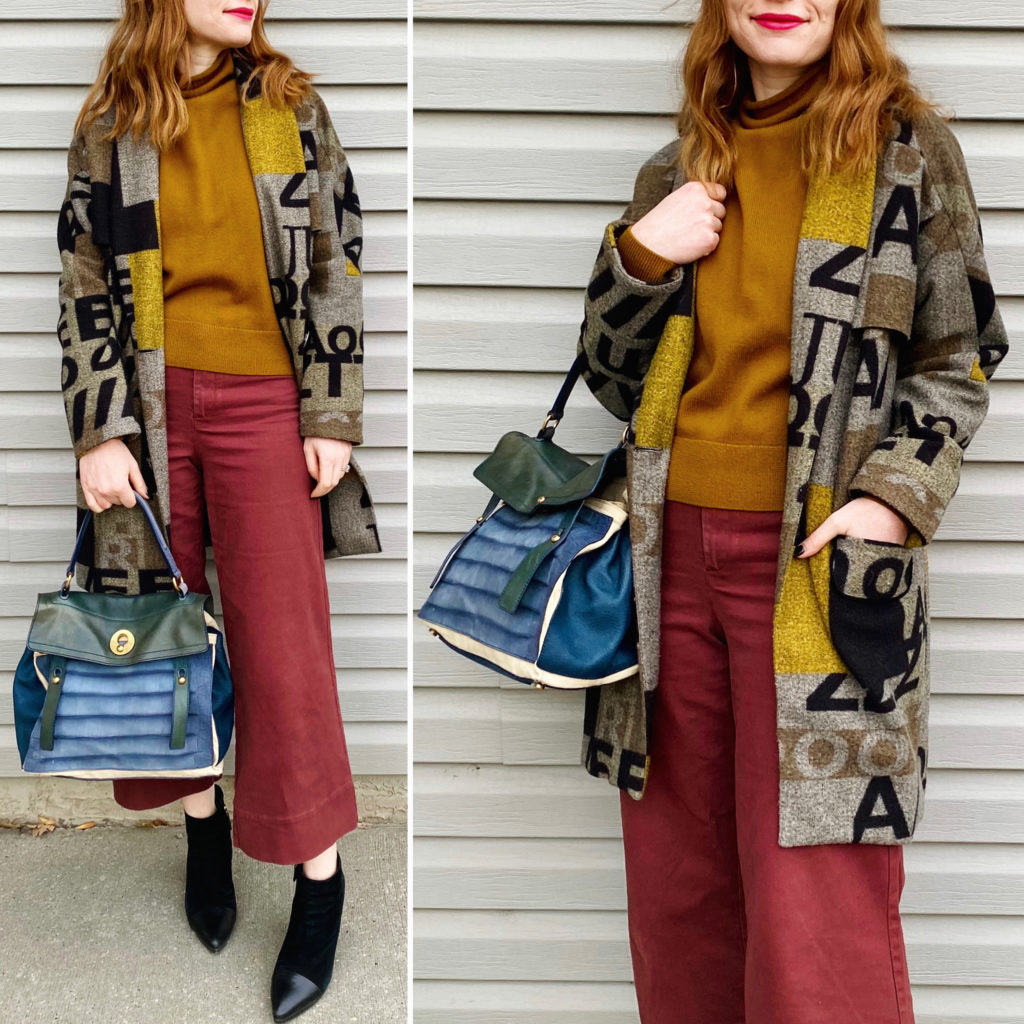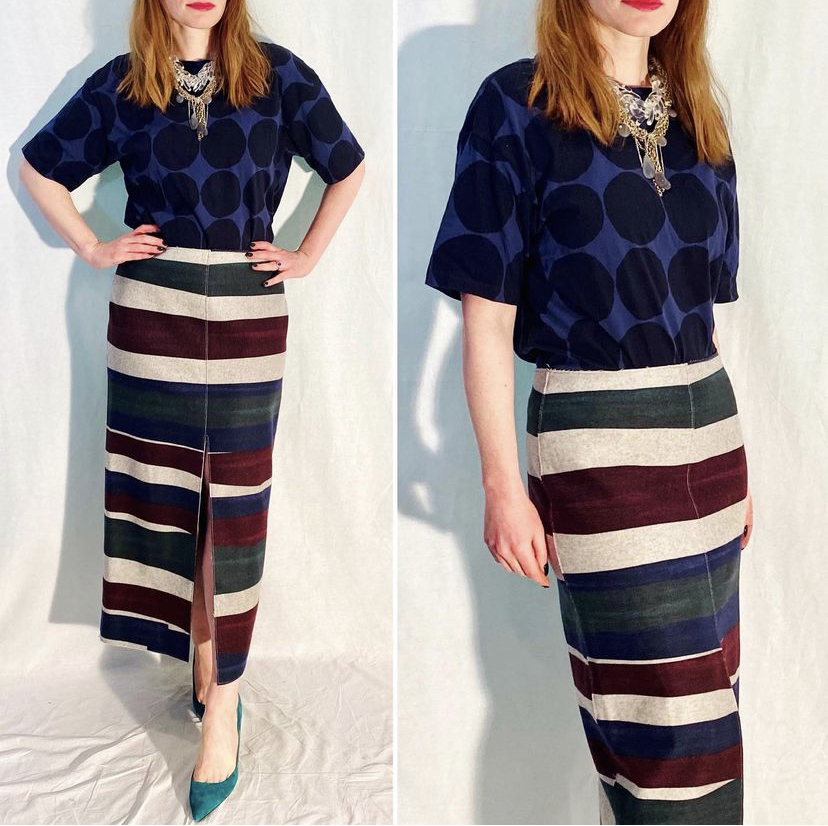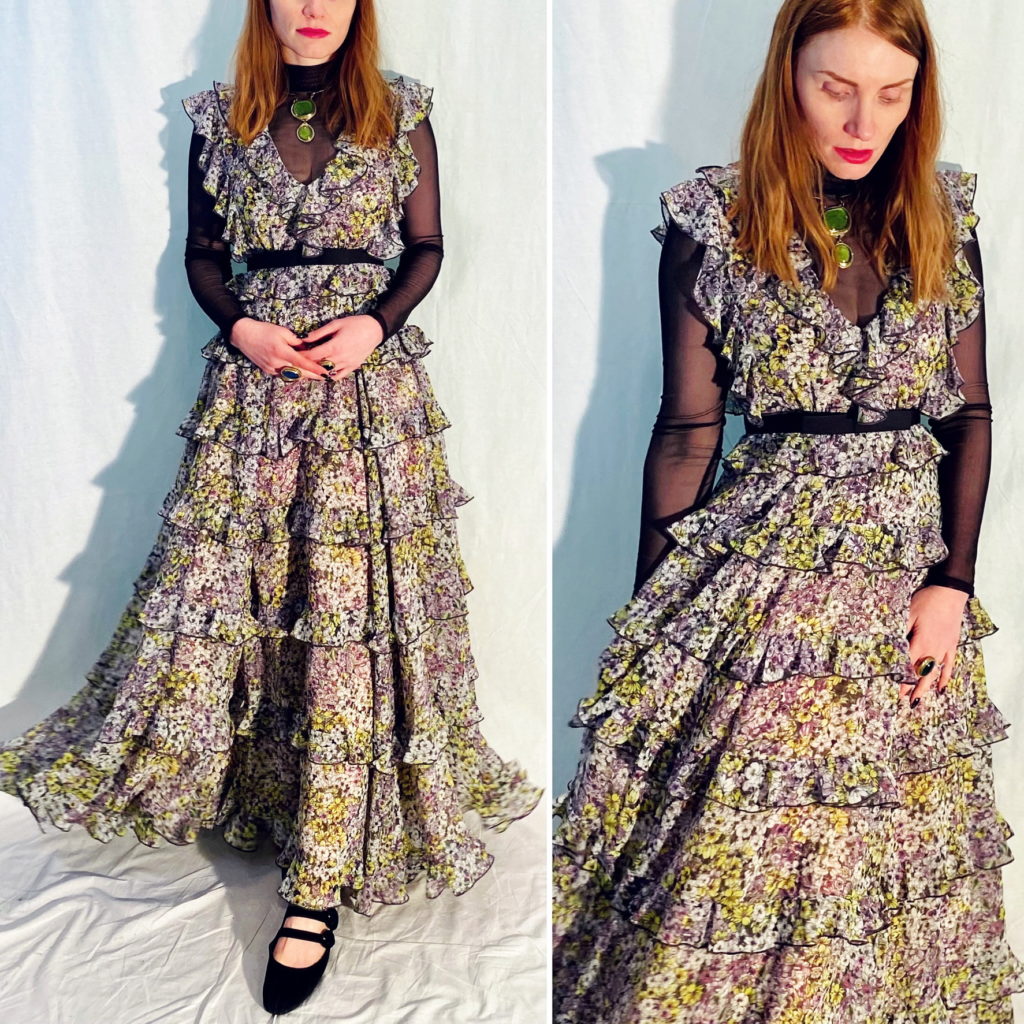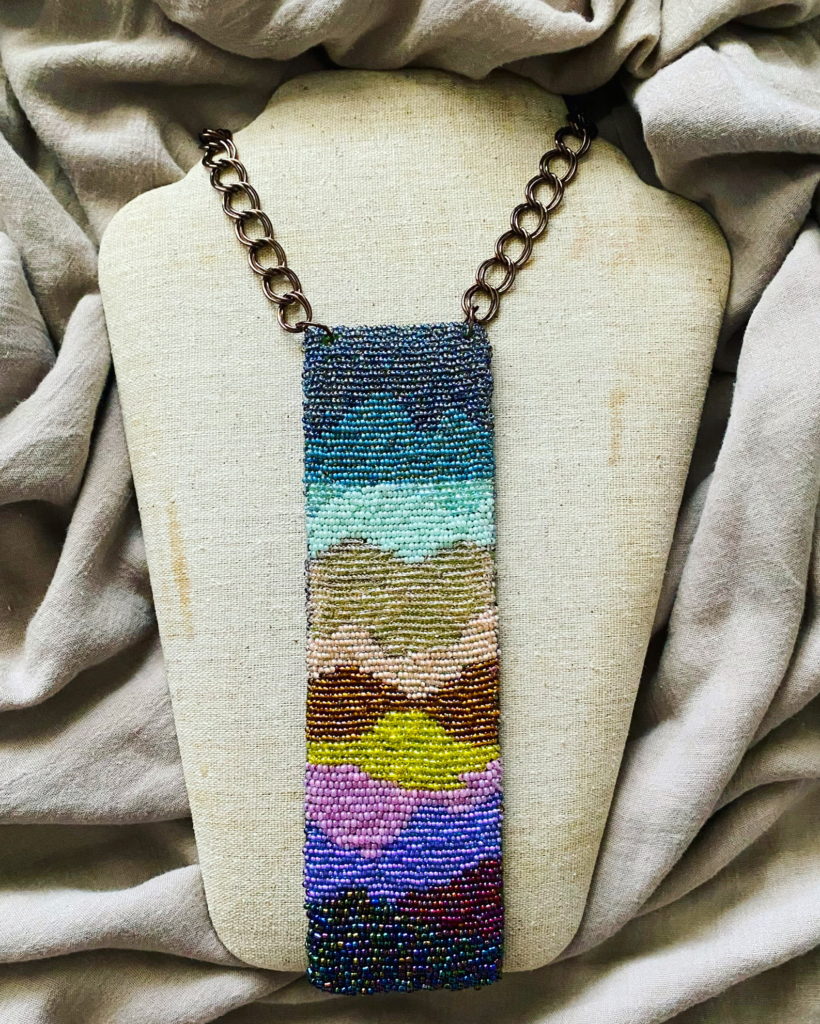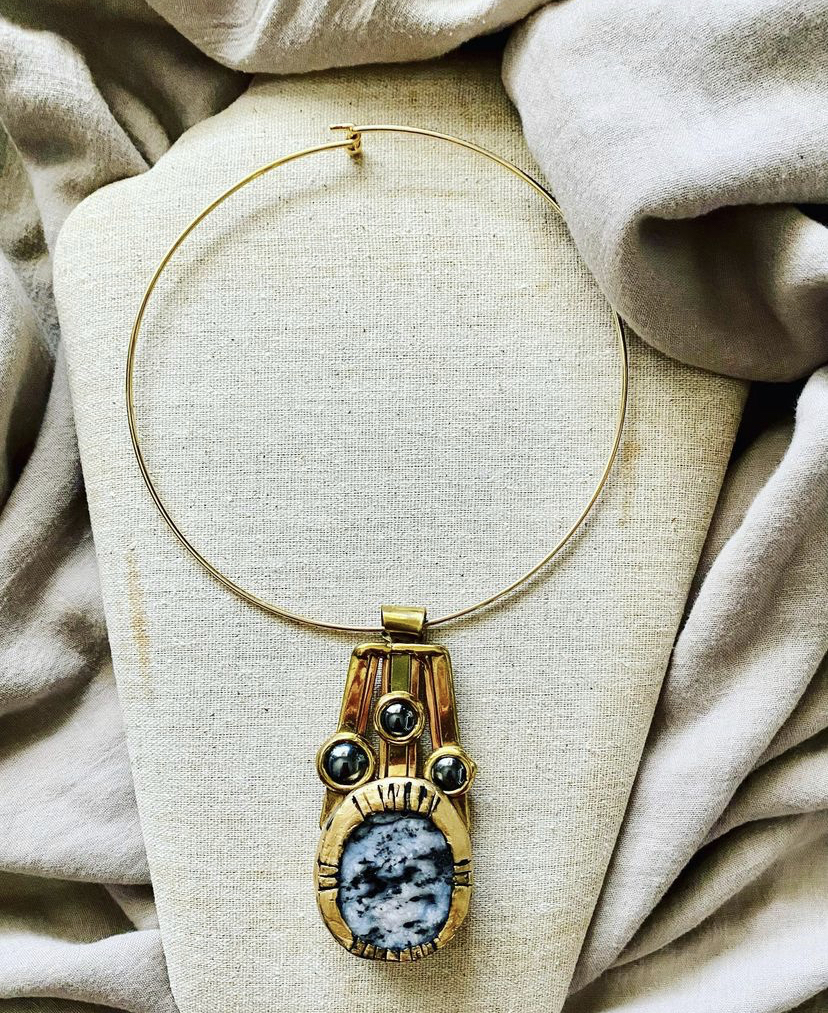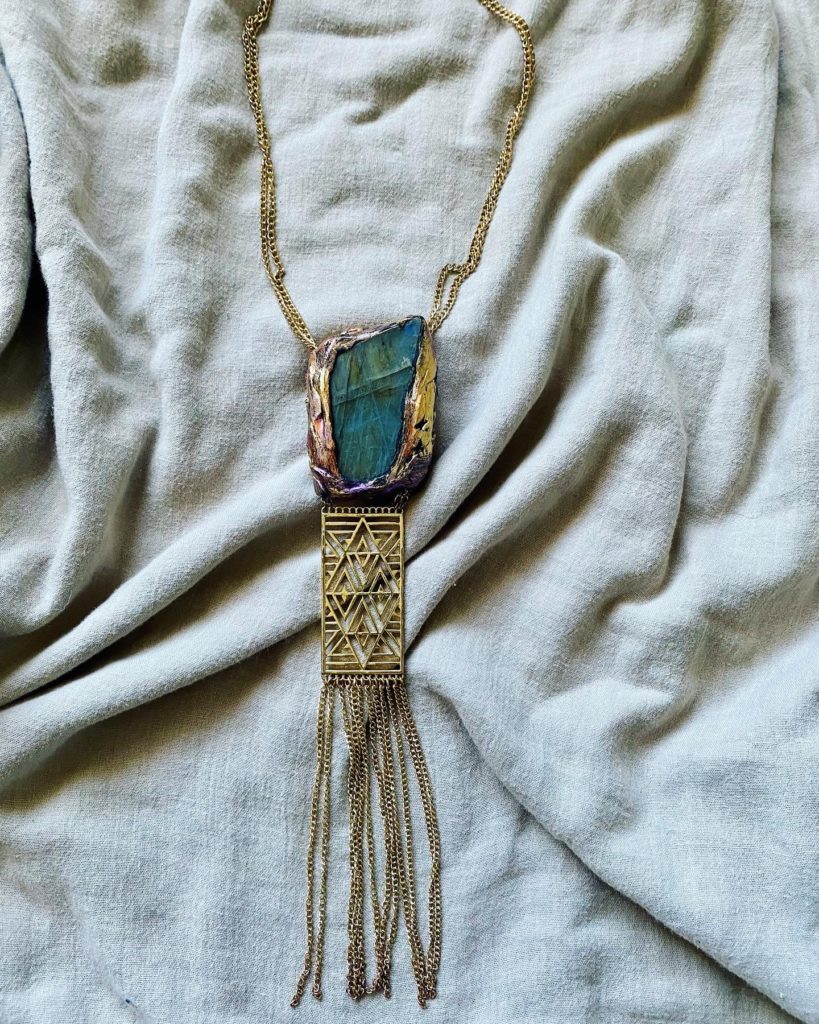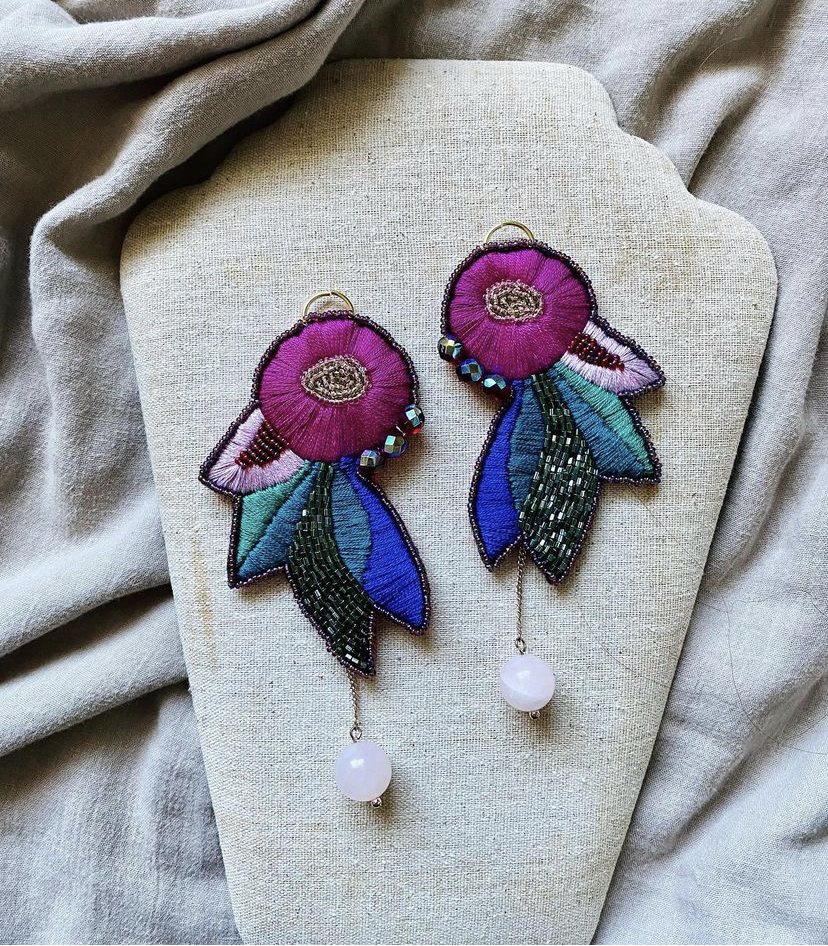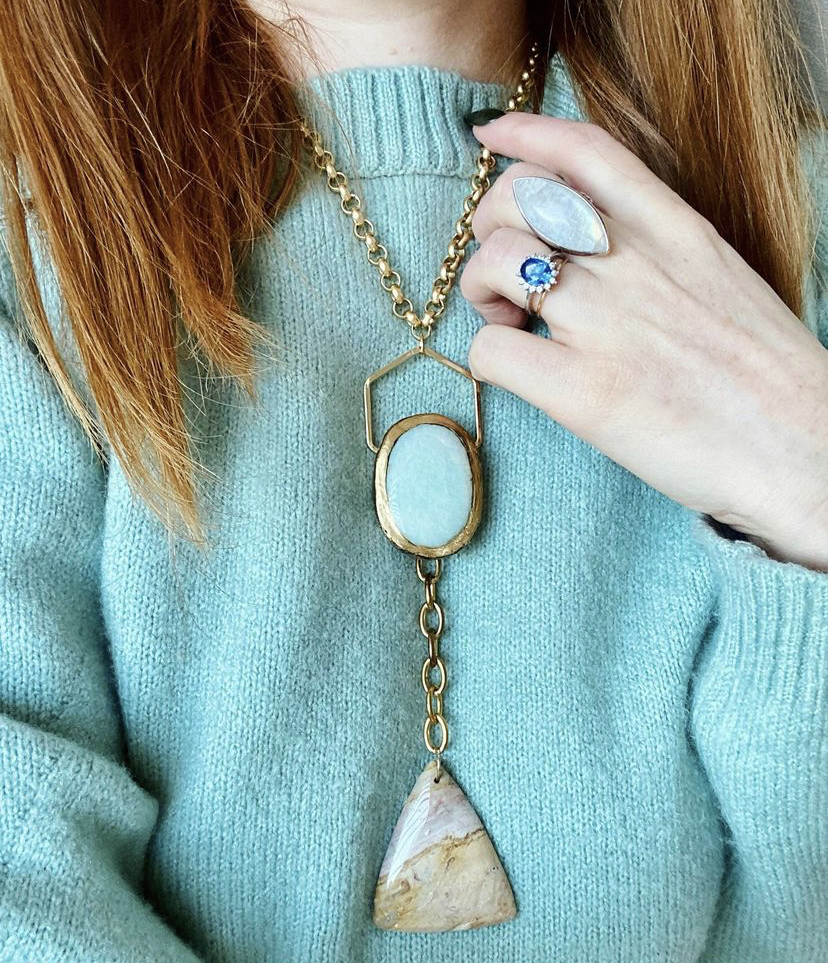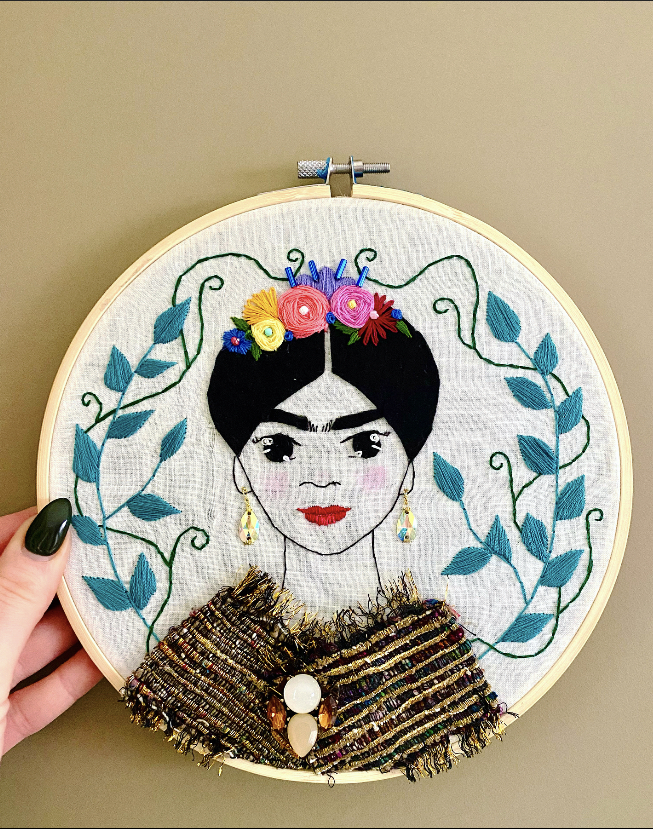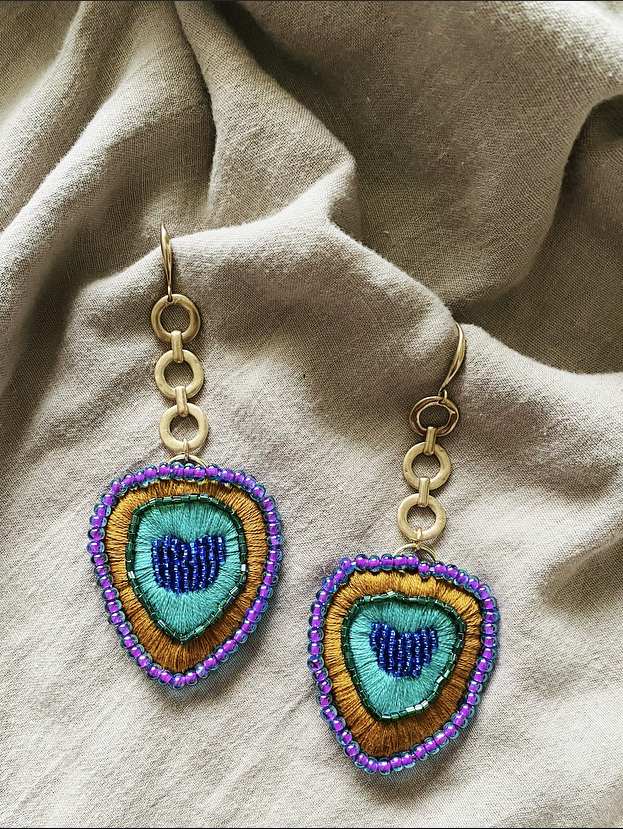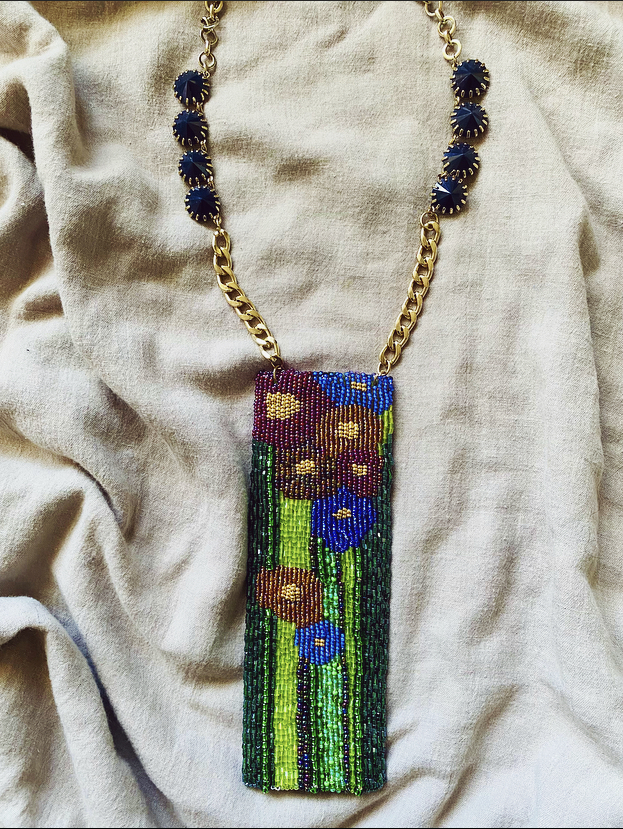Last week, I mentioned how important it is to support local and independent artists and makers (especially BIPOC ones), if you can. So, this week, I thought I would share some of my favourites (some local to me, some not) for anyone who might be interested. Please remember that these folks do not have Amazon-style resources behind them, so things like inventory and shipping may not be quite as on-demand as we’re all used to these days. Below, I will indicate the location of each artist and, if I know, whether they are able to ship within Canada and/or the US. I encourage you to check out their Instagram pages for more information if you are interested in their work.
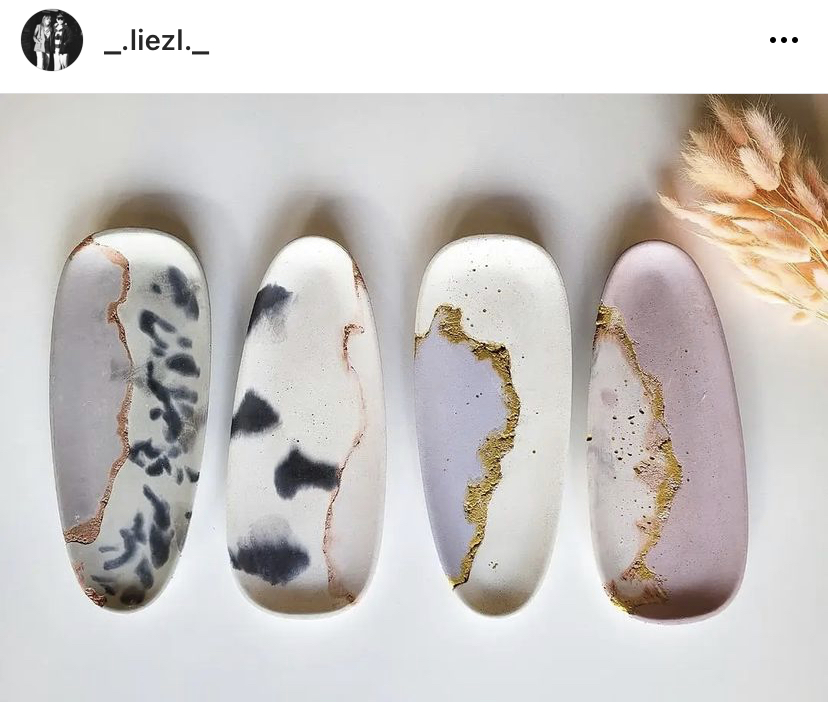
Liezl is an Edmonton father-daughter duo who make incredible concrete art (like the example above) as well as wool needle-felting art. I have a few Liezl pieces myself, including a matchstick holder set (well, 3 of them to be precise) which is called the Adina set. So, yes, I am biased. But their stuff is legit amazing. I am also getting a couple of the plates in the style shown above; one for me, one as a gift for a friend.
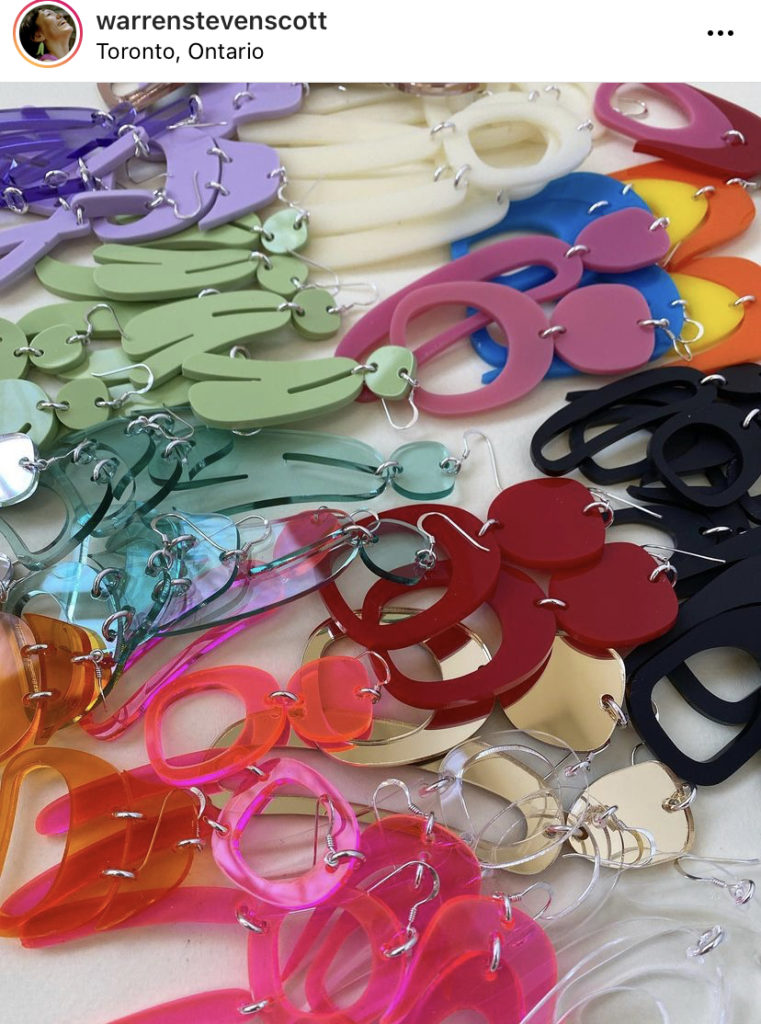
Warren Steven Scott is a Toronto-based artist (ships to Canada and the US) who I have been admiring for a few years now. I have 3 pairs of his earrings, and I have plans to add more from his new collection Cedar in Sec-he Sky. His pieces are statement-makers, and I always get so many compliments when I wear them.
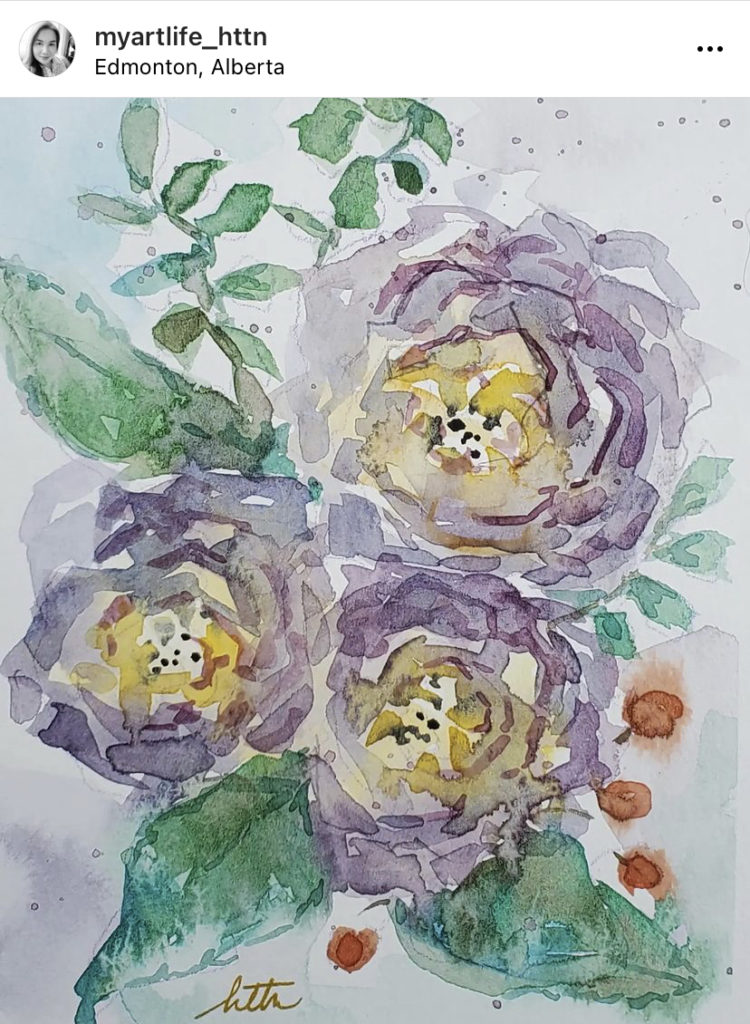
Huong is a dear friend and talented artist who paints using watercolour and acrylics. I have a few of her botanical watercolours (she makes cards as well as larger paintings) and plan to gift some for Christmas this year as well. She also paints custom pet portraits, landscapes, and more.
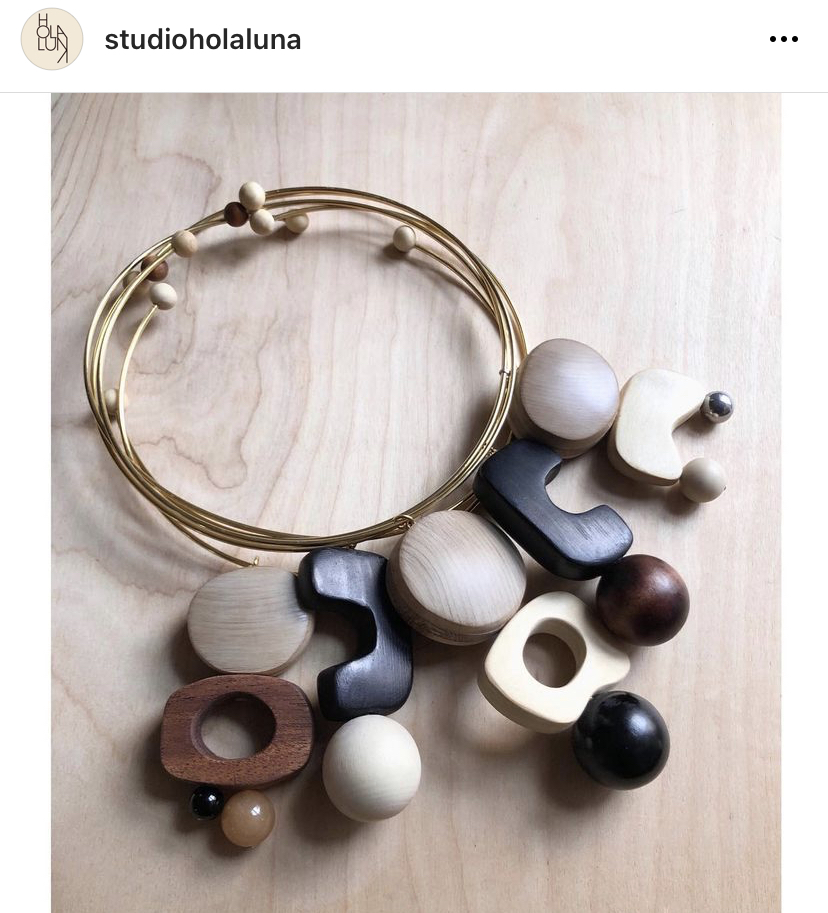
I have been coveting NYC-based Hola Luna’s pieces for a while now, but haven’t pulled the trigger yet. Their earrings in particular are stunning. They also have a website (shoplaluna.com) where you can see more.
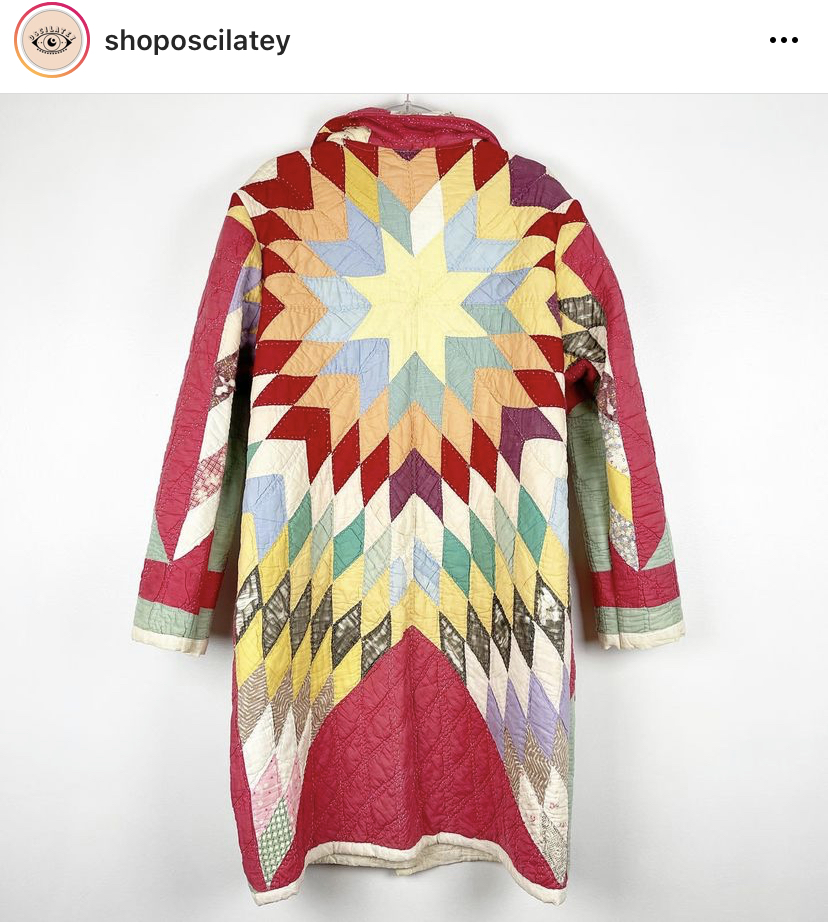
Oscilatey makes incredible coats using vintage quilts which, some day, I will get to try for myself. She is based out of the US and has an Etsy shop as well (same name).
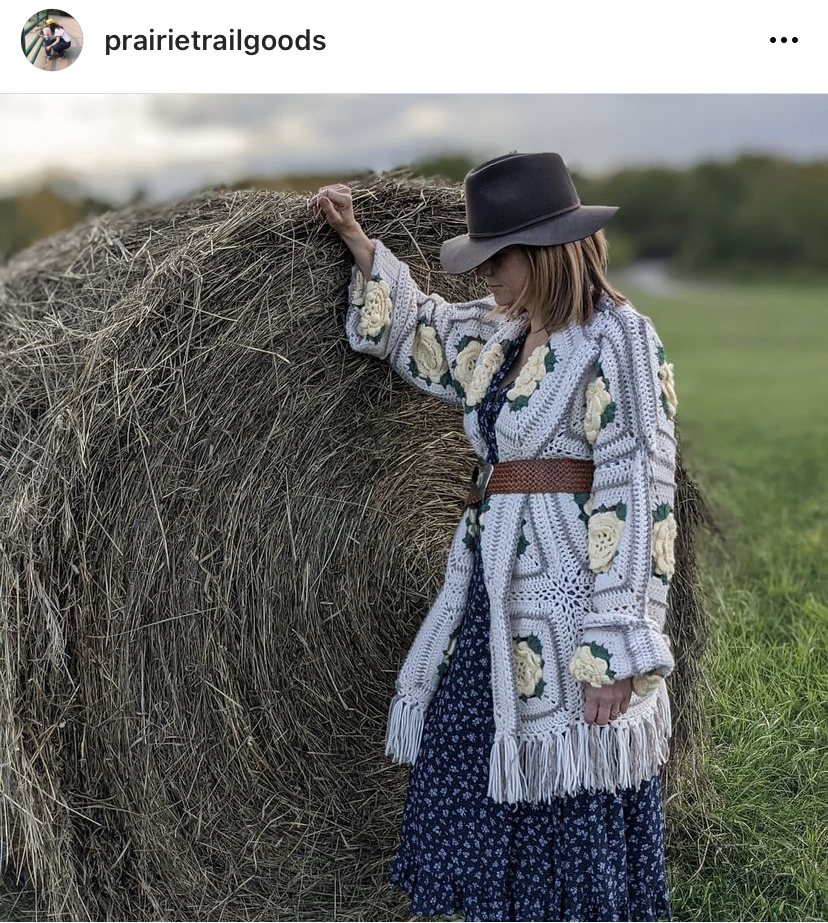
Speaking of upcycling, Prairie Trail Goods is an Edmonton-based artist who uses vintage granny squares and other thrifted materials to make coats, sweaters, totes and more. I am keeping a close eye on her page, as I am hoping to snag one soon.
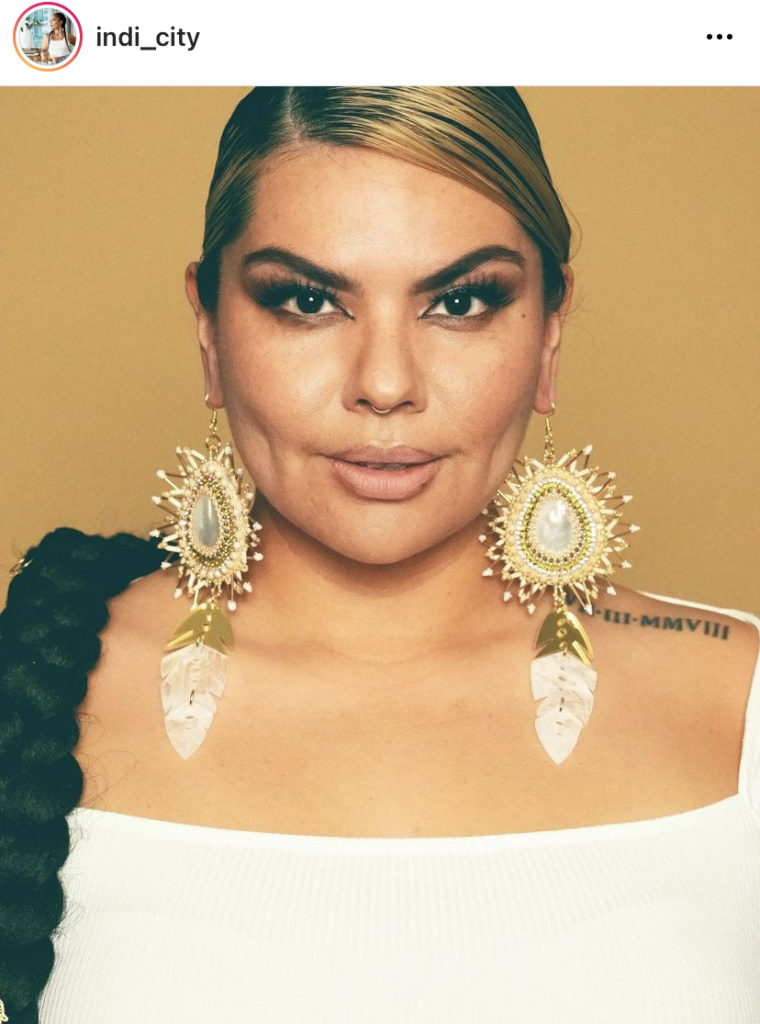
My best friend, who is an earring aficionada, turned me on to Indi City and I am hooked. I recently purchased their Eagle Feather earrings, and have a few more in my cart that I’m dying to get. I just need an excuse … hmmm, maybe Christmas is perfect for that. They are Calgary-based, but I believe they ship both domestically and internationally.
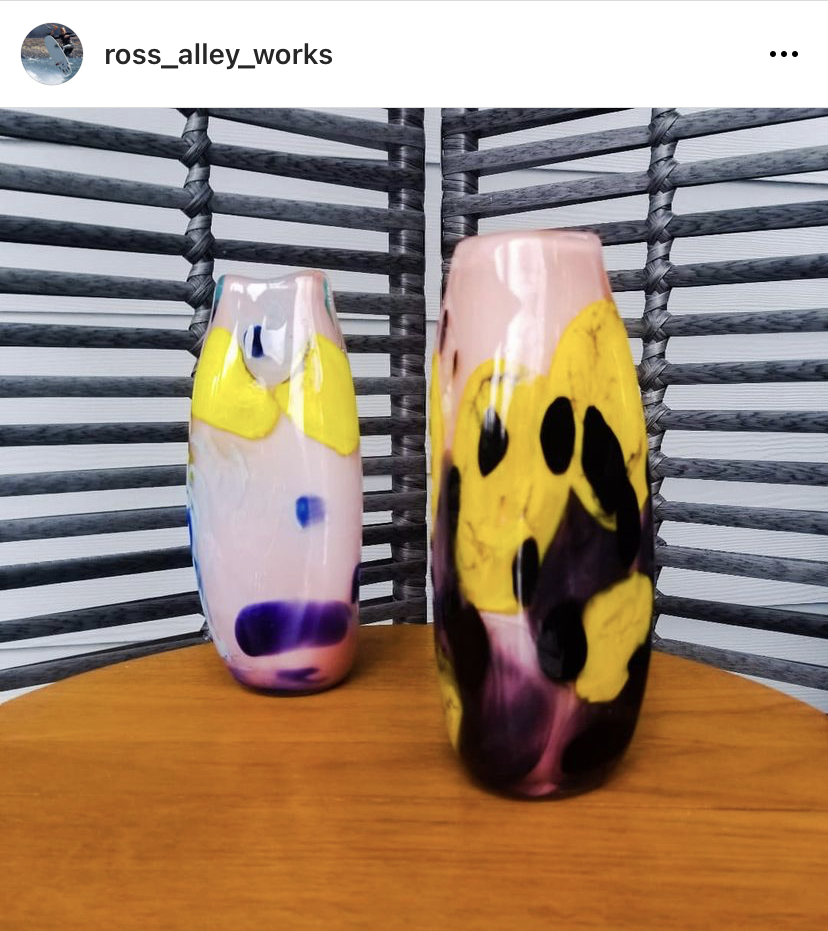
Ross and Karen and friends of my husband and I, who also happen to be incredible glass blowers (among other talents). We are both obsessed with their pieces, and have a small collection started. I am planning to add to it this Christmas season, plus give a few as gifts. Their vases are like jewels — so bright and colourful and painterly. If you’re in Canada, you can definitely snag one, as they do ship domestically.

Samantha Chapelsky is an Edmonton-based artists who paints both abstract and landscape pieces. My best friend gave me one of her paintings as a birthday gift a few years ago, and I love it. Some day, I would love to add to it and make it a collection.
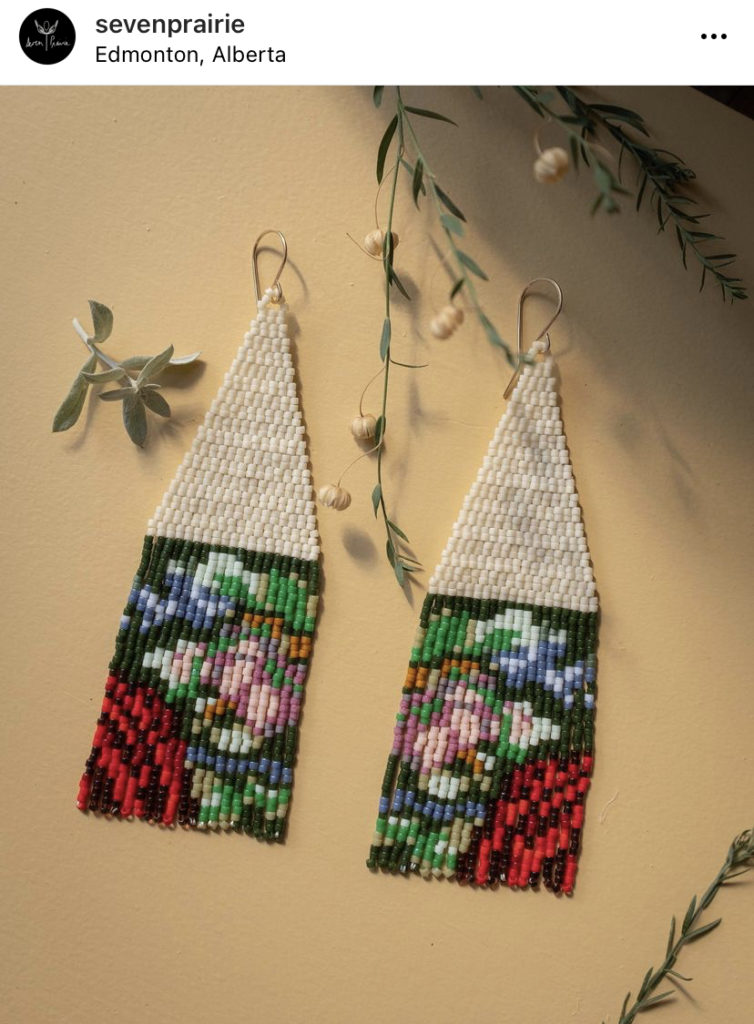
Last but not least Seven Prairie is an Edmonton-based jewelry artist. I have the exact pair of earrings pictured above, and it’s one of my favourites. It is even more stunning in real life. She usually has very limited inventory, but does make some pieces as custom orders. I believe she does ship domestically.
Hope you find some inspiration from these artists, and please feel free to share your favourites in the comments.

